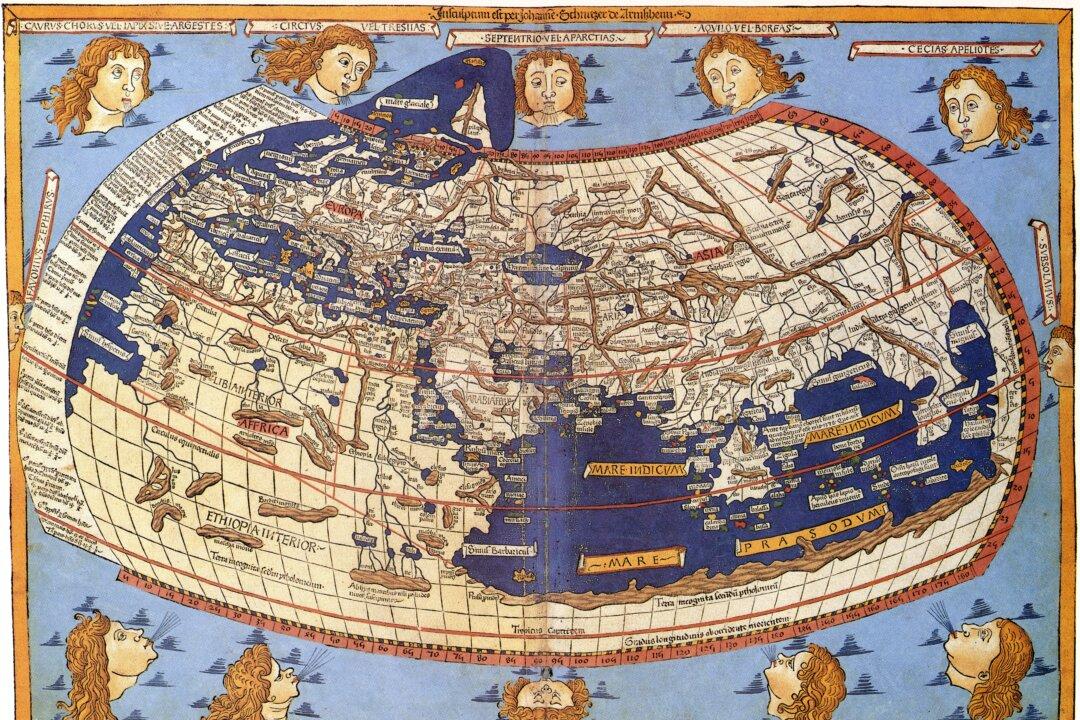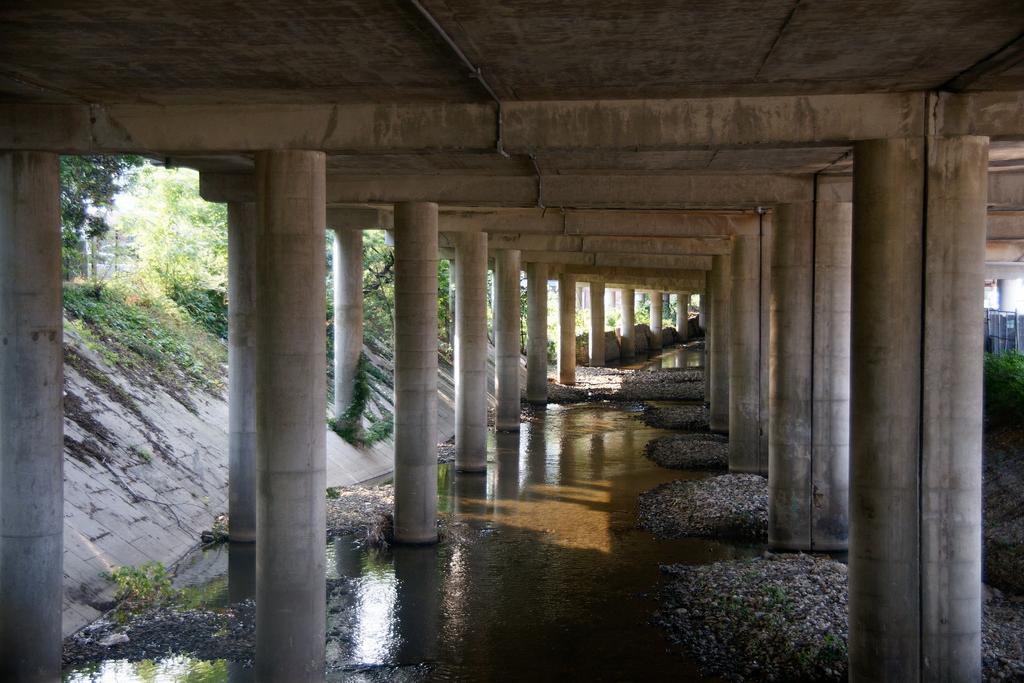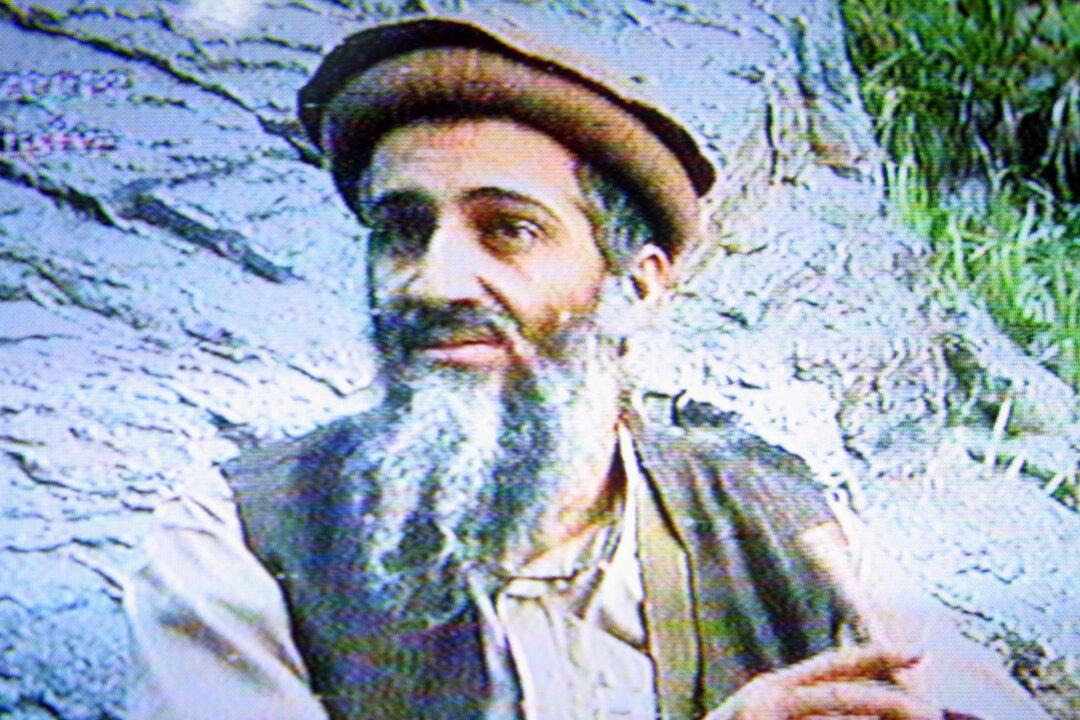The new study published in the journal Scientific Data offers valuable insight into the historical trends that have shaped urbanization thought history. We spoke with lead author Meredith Reba, Yale University, about the study and how it can help us understand today’s cities.
ResearchGate: What motivated you to map out this data? What did you discover?
Meredith Reba: We wanted to look at some common questions: have cities located in fertile agricultural land grown the fastest and biggest historically? Have the earliest “big cities” all been located in prime agricultural areas? If so, what does this tell us about contemporary and future patterns of urbanization, as cities become disconnected from their agricultural bases?
The global mean centers (GMC), the geographic centers, of global city populations have changed a lot overtime. GMCs show the center of a region’s population at a given point in time and can be useful in tracking human settlement patterns and large, global scale shifts over time. Given a specific time period, a GMC basically averages the latitude and longitude values of all cities in the dataset and weighs that average by each city’s population. Therefore, cities with a larger population can have a stronger “pull” on the GMC. For example, the center of the U.S. population in 2010 according the U.S. Census Bureau was in Texas County, Missouri, which is east of the actual center of the United States due to a larger population inhabiting the eastern side of the country. The GMC provides some indication of relative power, resource use, level of institutions and governance, and economic development, since cities with large populations required all of the above in order to develop and expand.





